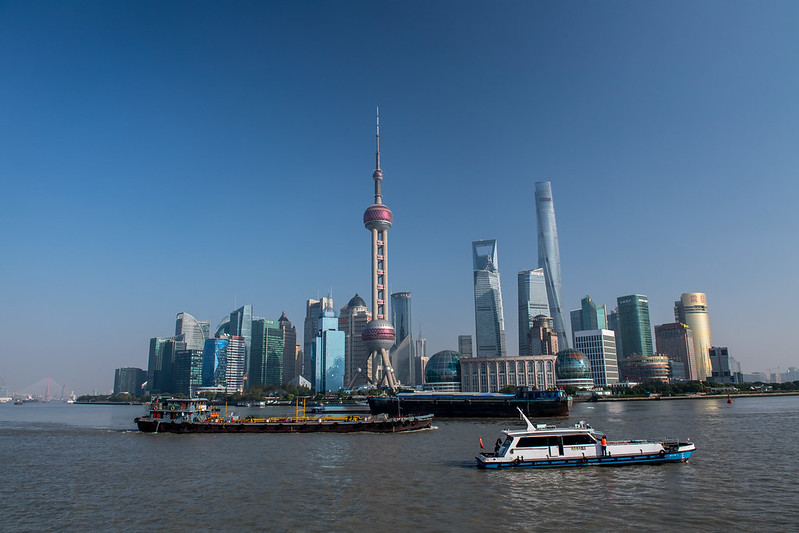Sevinç İrem BALCI
In 2022, China has activated policy of “National Unified Market” to boost Chinese economy. In China, the notion of a united national market is not new. In order to create a unified and open market system across the nation, many government agencies collectively published a work plan in 2013, and incremental moves have been made in that direction. The Opinions on Accelerating the Construction of the National Unified Market (the “opinions”) were jointly published on April 10, 2022 by the State Council and the Central Committee of the Communist Party of China (CCCPC). In order to enhance uniformity and consistency in the application of rules across a wide variety of industries in China, this document outlines the construction of a “national unified market.”
China seeks to create a single, integrated market with uniform laws and regulations, high-standard connection amongst market facilities, and highly integrated submarkets for factors, resources, commodities, and services. Fair and uniform supervision should be practiced throughout the market.
The policy of National Unified Market includes different notions. Firstly, this policy aims at solving permanent problems of Chinese economy and boosting economic security. The Chinese government announced plans to establish a unified national market, with an emphasis on unifying the basic rules in five areas: market operations; market connectivity; resources and key material markets; product and service markets; and fair market regulation.
By eliminating regional protectionism and sector monopolies, the unified national market is specifically considered as putting Adam Smith’s classic idea of the division of labor into practice and significantly increasing the operational efficiency of China’s markets.
According to Guo Liyan, a researcher at the Chinese Academy of Macroeconomic Research, the establishment of such a market is essential to securing the smooth operation of the domestic economic system. As a result, the dual circulation development paradigm in China will be strengthened, rules and standards will be more compatible, and domestic and foreign markets will be better integrated.
Despite being one of the largest in the world, the Chinese market is nevertheless somewhat fragmented and inefficient, or, as some have said, “huge but not strong.” This is due to the fact that it continues to struggle with a variety of standards and regulatory challenges that hinder the “internal circulation” of products and services in the domestic market and generate unequal sector growth across various areas. Therefore, this policy aims to overcome that problem of China.
However, some authors claim that there are setbacks and challenges of this policy as well. Lu Xi suggests that, as the objective of the unified national market is to build an internal circulation market with no barriers, it thus becomes a domestic version of a globalization reform — naturally, there are concerns of similar consequences, and that may create the problem of structural unemployment. On the other hand, Xi claims that besides structural unemployment, the existing industrial policies are another concern for this policy. He believes that some regions would definitely lose out, and the absence of local barriers to protect them would only accelerate the process. This would then quickly affect the common people.
However, there are contrasting arguments that, the opinions are encouraging for foreign investors in China since they effectively demand that local governments apply national rules uniformly to all businesses, no matter where they are located. If the views have the desired impact, it will imply that local and regional governments are not allowed to discriminate against businesses from other regions of China or from outside or to enact laws or rules that arbitrary restrict access to the market.

